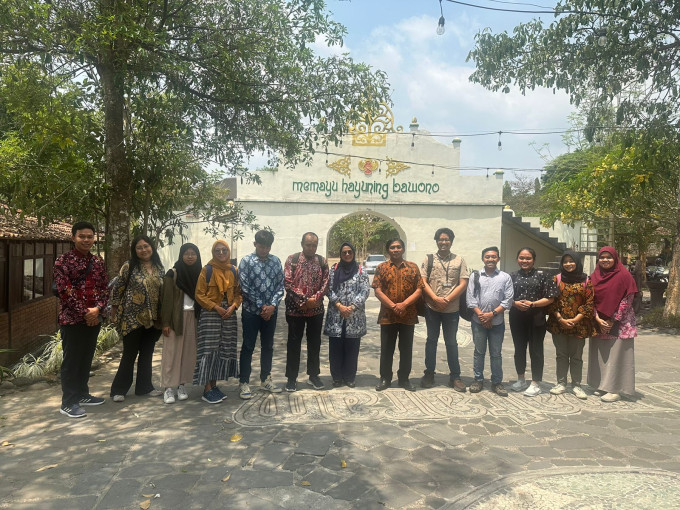
The UGM Faculty of Cultural Sciences presented the results of the study of intangible cultural heritage objects that have the potential to be designated as Intangible Cultural Heritage.
The presentation of this study is to provide recommendations for the Sleman Cultural Affairs Office (Kundha Kabudayan) in designating the list of Intangible Cultural Heritage.
“There are ten cultural objects found in four districts, including Minggir, Tempel, Pakem, and Turi,” said team leader Imam Prakoso on Thursday (November 9).
A total of ten cultural objects, according to Imam, include arts, traditional knowledge, and oral traditions. In the realm of art, there are Catholic sholawat, pitutur sholawat, rodat, keroncong tunas mekar, and reog campursari eko budoyo.
Traditional knowledge includes culinary specialties such as bebek bacem nglengis (glazed duck), jamu gendong gesikan (traditional herbal drinks), and the economic system of the market. The last is the oral tradition of ngelmu titen Gunung Merapi and the Legend of Bukit Turgo.
“Each cultural object has the potential to be designated as Intangible Cultural Heritage, but it needs to be considered according to the Cultural Advancement Law,” emphasized Prakoso.
The Head of the Intangible Cultural Heritage Division, Dekhi Nugroho, added that the purpose of this activity is the initial step to designate intangible cultural heritage. This is related to the uneven distribution of designated cultural types in Sleman Regency, besides the field of art.
“The designation of intangible cultural heritage is still minimal in art. Therefore, this activity aims to look more broadly at the potential of other forms of culture, such as traditional knowledge manifested by culinary arts, which can be optimized economically to advance community welfare,” said Nugroho.
The activity involved a team of the UGM Faculty of Cultural Sciences lecturers consisting of Imam Prakoso as the chairman, with members Dr. Mimi Savitri, Dr. Suzie Handayani, Agus Indiyanto, Aditya Revianur, and Dama Qory Arjanto.
Students, including Ervita Ninda Iswantari, Siti Nur Aqidatul Izza, Ulfa Ifatul N, Ridho Qholbi, and Nurvania Rachmah, also helped the team as cultural data collection assistants.
Author: Agung Nugroho

